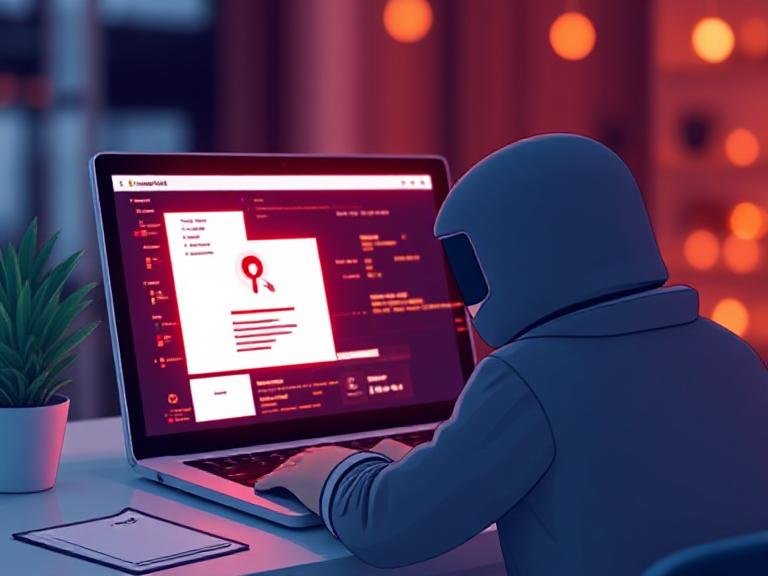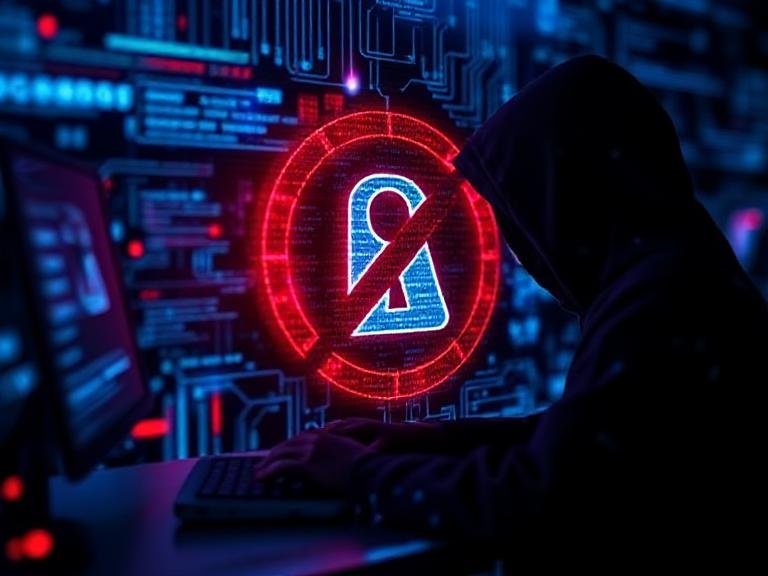The Simple Guide to Cybersecurity Audits

The Simple Guide to Cybersecurity Audits
Let’s be real: slapping the latest antivirus on your company laptops isn’t cybersecurity. It’s like putting a Band-Aid on a cracked dam and hoping for the best.
Cybercrime isn’t some distant threat — it’s a full-blown epidemic. Back in 2018, we saw over 812 million malware infections. By 2020? Cyberattacks spiked by 600%. And by 2021, ransomware alone was projected to cost businesses over $6 trillion globally.
If you’re not actively auditing and improving your defenses, you’re basically handing hackers an open invitation.
You probably think you’re protected. Firewalls? Check. Password policies? Maybe. But are those measures actually working? Are they up to date? Are they covering your weakest links?
That’s where a cybersecurity audit comes in — not as a formality, but as a lifeline.
🧭 What Exactly Is a Cybersecurity Audit? (No Jargon, We Promise)
Think of it like a full-body scan for your company’s digital health.
It’s not about blaming IT or pointing fingers. It’s about mapping out what you have, finding what’s broken, and fixing it before someone else does.
The goal? Two things:
✅ Find every gap, hole, or weak spot in your current setup.
✅ Build a clear, honest report that proves (to yourself, your clients, or regulators) that you’re taking security seriously.
Simple. Practical. Non-negotiable.
🔄 The 3 Phases of a Real Cybersecurity Audit (Not Just a Checklist)
Most audits follow a three-step rhythm — and skipping any of them is like baking a cake but forgetting the oven.
1. Assessment — “What Do We Actually Have?”
This is your fact-finding mission.
→ What software are you running?
→ Who has access to what?
→ Are your servers patched?
→ Are employees using personal devices on the network?
You’re not judging yet — you’re just documenting. Take notes. Screenshot settings. Ask annoying questions. This phase will almost always reveal things that make you say, “Wait… we allowed THAT?!”
2. Assignment — “Who’s Fixing What, and How?”
Found the problems? Great. Now assign solutions — and owners.
Maybe your IT team can handle patching old software.
Maybe you need to bring in a contractor to reconfigure your firewall.
Maybe HR needs to overhaul how they grant access when employees join or leave.
This isn’t about dumping work — it’s about ownership. Every fix needs a name beside it.
3. Audit (Yes, Again) — “Did It Actually Work?”
After you’ve made changes, you don’t just walk away. You test.
→ Did the patch install correctly?
→ Did access rights get properly revoked?
→ Does the new policy actually stop risky behavior?
This final audit is your quality control. No assumptions. No “it should be fine.” Prove it.
💡 3 No-BS Tips to Run a Cybersecurity Audit That Actually Works
Running a bad audit is worse than running none — because it gives you false confidence. Here’s how to do it right.
✅ Tip #1: Check the Expiration Date on Your Security Tools
Newsflash: No security tool lasts forever.
That firewall you installed in 2019? Probably blind to half the threats out there today.
That “set it and forget it” antivirus? Hackers cracked it three updates ago.
Ask yourself:
→ When was the last time this tool was updated?
→ Is the vendor still supporting it?
→ Are we running legacy software because “it still works”?
If the answer to any of those is fuzzy — you’ve got a ticking time bomb.
Action step: Build a “security shelf life” calendar. Review every tool annually. Replace what’s outdated — even if it still “works.”
✅ Tip #2: Know Your Enemy — Not All Threats Are Equal
You wouldn’t guard a jewelry store the same way you’d guard a library. So why treat all cyber threats the same?
Ask:
→ What’s our most sensitive data? (Customer info? Financial records? Internal comms?)
→ Where’s it stored? Who can access it?
→ What’s the most likely way someone would steal it? (Phishing? Weak passwords? Rogue USB?)
And don’t forget — your biggest threat might be inside.
→ An angry ex-employee with lingering access.
→ A well-meaning intern clicking the wrong link.
→ Someone plugging in their unsecured personal laptop.
Map your threats before you spend a dime on fixes. Otherwise, you’re buying locks for the wrong doors.
✅ Tip #3: Train Your People — Because Tech Alone Won’t Save You
You can have the most advanced firewall in the world… but if Sally in accounting clicks a phishing link, you’re toast.
Your audit means nothing if your team doesn’t know:
→ What a threat looks like
→ Who to call when they see one
→ How fast they need to act
→ What devices are allowed (and which are banned)
Real talk: Cybersecurity isn’t IT’s job. It’s everyone’s job.
Build a one-pager. Run a 15-minute monthly huddle. Simulate a phishing email. Reward the person who spots it first.
Culture beats code. Every time.
🛡️ Bottom Line: Audits Aren’t Optional — They’re Survival
Cyber threats don’t take holidays. They don’t care if you’re a startup or a Fortune 500. They’re automated, relentless, and getting smarter.
A cybersecurity audit isn’t a paperwork exercise. It’s your early-warning system. Your immune booster. Your business insurance.
And it’s not a “one and done.”
→ Audit once? Good start.
→ Audit every 6–12 months? Now you’re serious.
→ Build security into your company culture? That’s how you sleep at night.
👋 Need Help? Let’s Talk — No Strings Attached
If this all feels overwhelming — you’re not alone. Most companies don’t have a full-time security team. That’s okay.
We offer a quick, 15-minute no-obligation chat to:
→ Review what you’ve got
→ Spot your biggest risks
→ Suggest your next 3 steps
No sales pitch. No jargon. Just honest advice.
Because in cybersecurity, the only dumb question is the one you didn’t ask — until it was too late.




